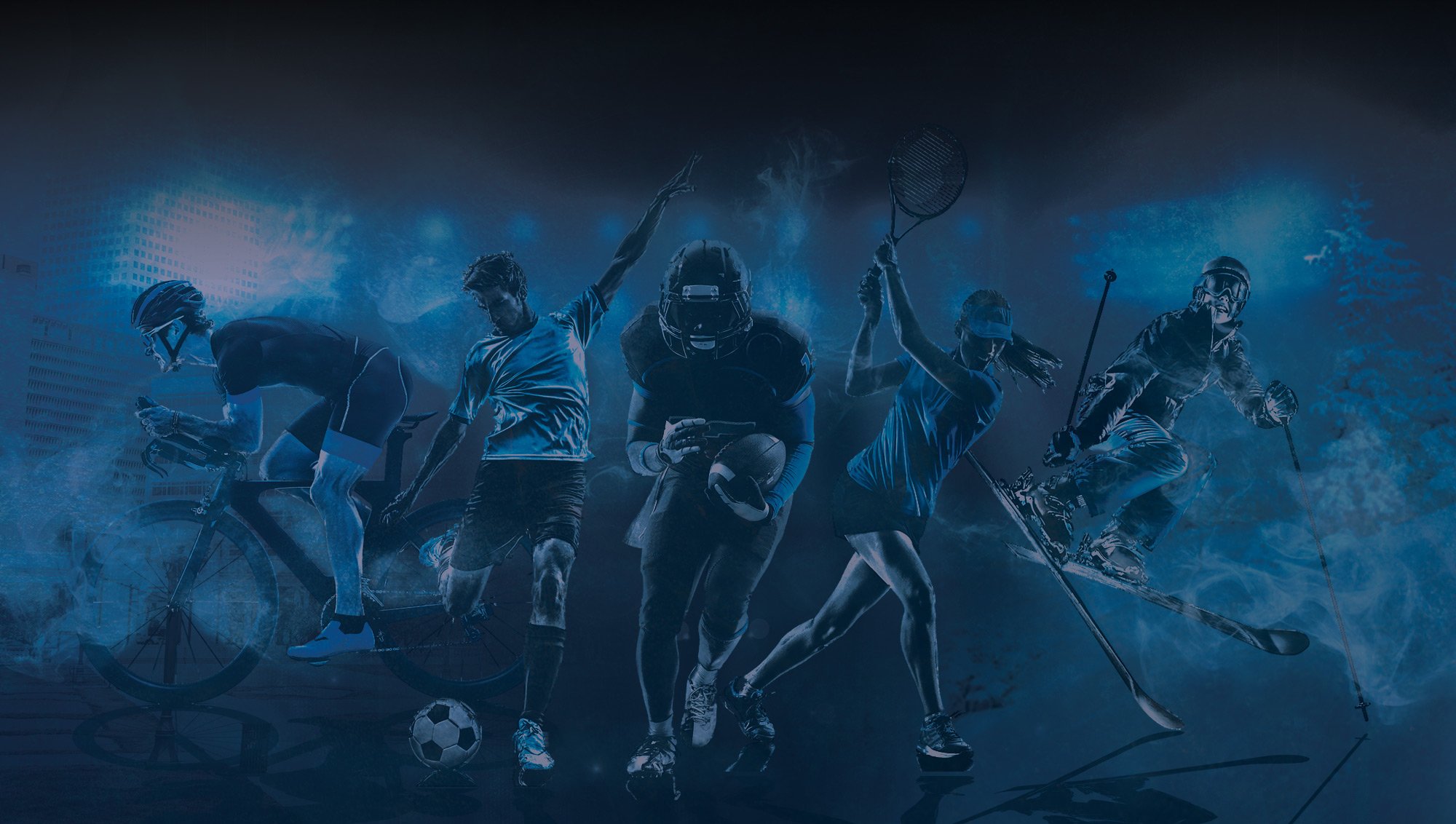
Golf Biomechanics
IMPROVING YOUR GOLF SWING BIOMECHANICS WITH THE HELP OF ACTIVE RELEASE TECHNIQUE
Your golf swing is all about proper body mechanics. A good golf swing requires the full rotational capacity of nearly every joint involved and must be done effectively – easily — explosively and repeatedly. Many swing faults are directly attributed to poor joint-mobility, resulting from soft tissue restrictions. Soft tissue includes:
muscles
tendons
ligaments
nerves
and fascia
In order for a joint to move smoothly, the muscles which cross that joint must precisely coordinate contraction on one side with elongation of the other side. When the synergy or balance of any of the muscle groups is altered (usually short/tight), the movement patterns of the joint are compensated (usually restricted).
WHY DO MY MUSCLES FEEL TIGHT?
Muscles become shortened due to injury, from trauma, or from repetitive strains that cause micro-tears. The scar tissue which forms at the injury site is less elastic and more fibrotic than normal tissue and causes muscles to gradually lose their stretch component. Short, tight muscles are weaker, more prone to injury, and play havoc with your golf swing.
Usually, more than one muscle is involved. The body lays down fibrous adhesions between these muscles which restrict the muscles’ ability to slide freely past one another, disrupt joint mechanics, and cause the muscles to feel tight. Shortened muscles and tightened joints, all combine to impair coordination, reduce power, and result in further injuries. This cycle will repeat itself unless these restrictions are released. This is where Active Release Technique comes in.
COMMON SWING FAULTS
Common swing faults occur due to tight shoulders, tightness in the hip joints, spinal injuries, and repetitive strain injuries.
When shoulder rotation is restricted, the body compensates with excessive spinal rotation. This can result in back injuries because most people already lack the proper flexibility of the spine.
In addition, golfers will notice that they have difficulties in:
Keeping their eyes on the ball
Maintaining an optimal swing plane
This results in fat or thin shots. When the golfer attempts to compensate at the shoulder joint, the chances of a hook or slice increases.
Tightness in the hip joint rotational muscles places additional strain on the rotational requirements of the shoulder or spine. Often, a golfer will compensate by lifting up during the backswing and then chop down on the ball resulting in a fat shot.
Wrist and elbow injuries often occur when the body does not have the capacity to effectively compensate at either the shoulder or spine. The wrists are then over-used to drive as well as decelerate the golf club.
STRETCHING WILL NOT BREAK THE ADHESIONS
Even individuals, such as professional athletes who are constantly stretching, find it difficult to release these soft tissue adhesions. This is why so many professional and amateur athletes are turning to Active Release Technique (ART) to release and remove these restrictions.
Scar tissue ( or soft tissue adhesions) are several times stronger than normal tissue. Often, muscle groups will literally adhere to each other, preventing the sliding necessary for full mobility. During normal stretching, the first tissue that elongates is not the scar tissue, but the normal healthy tissue. Stretching is essential at the right time, but it never releases the restrictions that often occur between two soft tissue surfaces.
APPLYING A.R.T. TO GOLF RELATED INJURIES
In order to effectively balance your muscles and remove joint restrictions, we must first identify your unique pattern of muscle imbalances. By utilizing a series of muscle balance and swing analysis tests, we can identify the exact type, extent, and location of muscle restriction. We then use A.R.T. treatments and follow-up stretches to remove and resolve these restrictions and then strengthen the muscles to prevent re-injury.
APPLYING A.R.T.
Once the shortened muscles are located, A.R.T. treatment works to break up the adhesion/scar tissue and return integrity back to the soft tissue. This is done by:
Maintaining contact on the adhesion, with the muscle in a shortened position
Elongating the muscle along its fiber orientation to break up the adhesion
Once the adhesion is broken up, the soft tissue can glide unimpeded, allowing you to reach the positions your golf professionals are showing you without tension, pain or further injury
Contact Us To Schedule An Appointment
Do not fill this form out if you're a solicitor.
